Using Alt Text to Make Science Twitter More Accessible for People with Visual Impairments
Using Alt Text to Make Science Twitter More Accessible for People with Visual Impairments
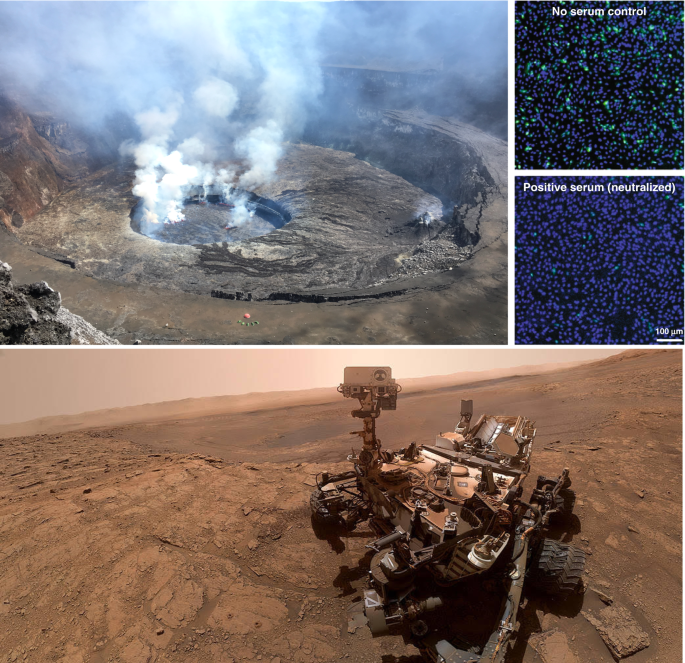
Send us a link

Scientists increasingly post images and photos on social media to share their research activities. However, posting images and photos could potentially exclude people with visual impairments. Here, we outline actions that should be taken to foster accessibility and inclusion in posting scientific images on social media.

The recent nature issue publishes findings from leading researchers on an urgent quest for a vaccine against SARS-Cov-2. Here ist how the cover image was created, drawing on aspects of Bauhaus artist Paul Klee’s famous notebooks to reimagine the quest for a vaccine against SARS-CoV-2.
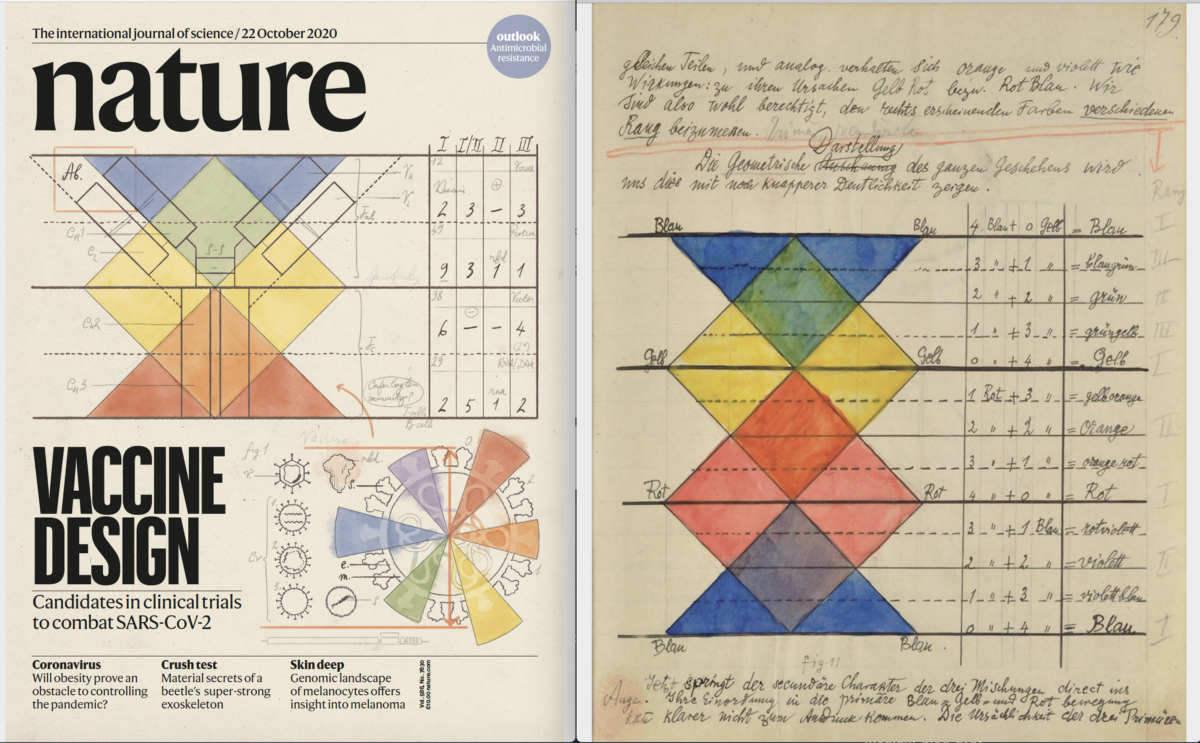
In the media circus surrounding the pandemic, it's the loudest researchers who have been heard the most. Why it is important that we also listen to quieter voices in future, and why the state of scientific knowledge should be communicated with greater candour.

When MC Hammer started tweeting about science and scientists a few weeks ago, he joined a long list of performing artists who have been using their platforms to highlight scientific research.

Mike Schäfer & Jing Zeng on the particularities of conspiracy theories on COVID-19, how to face them, and what role science communicators play while doing so.

COVID-19 has turned all journalists into health journalists. Epidemiology training can help journalists improve their reporting, and help fight misinformation.
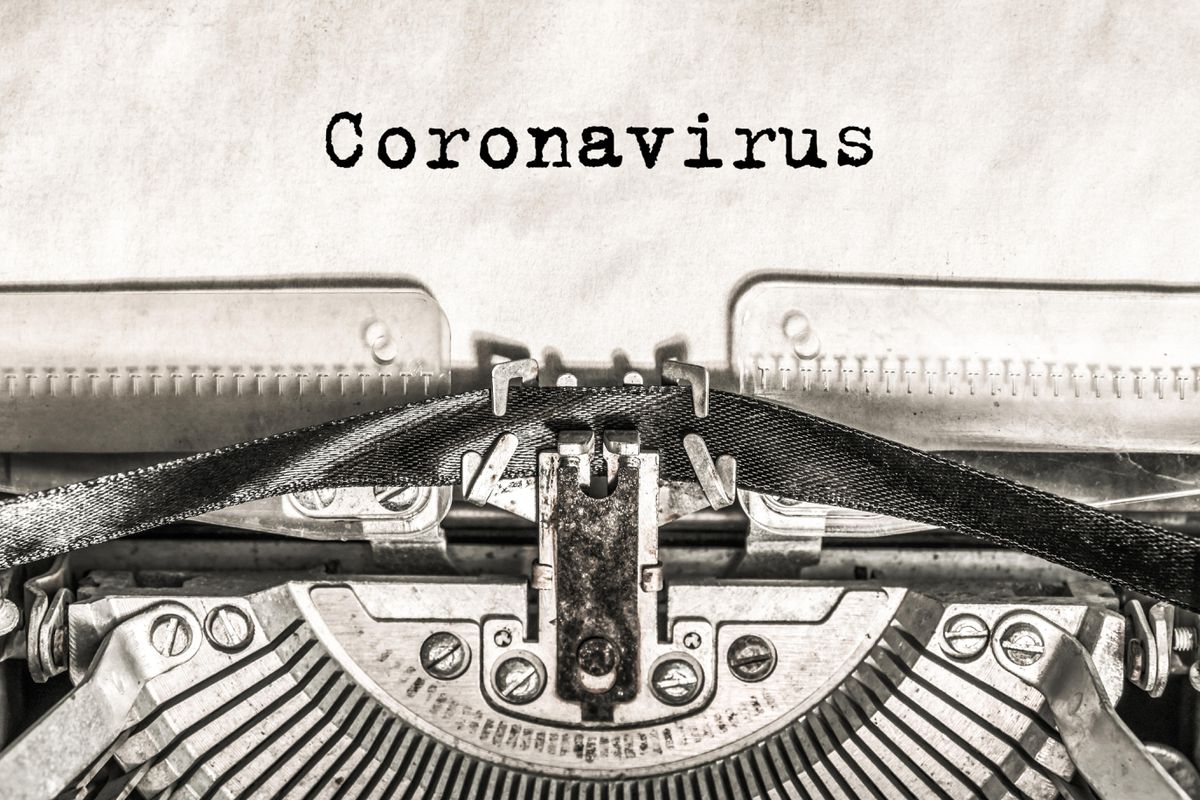
Research is for the experts. Listen to them instead.
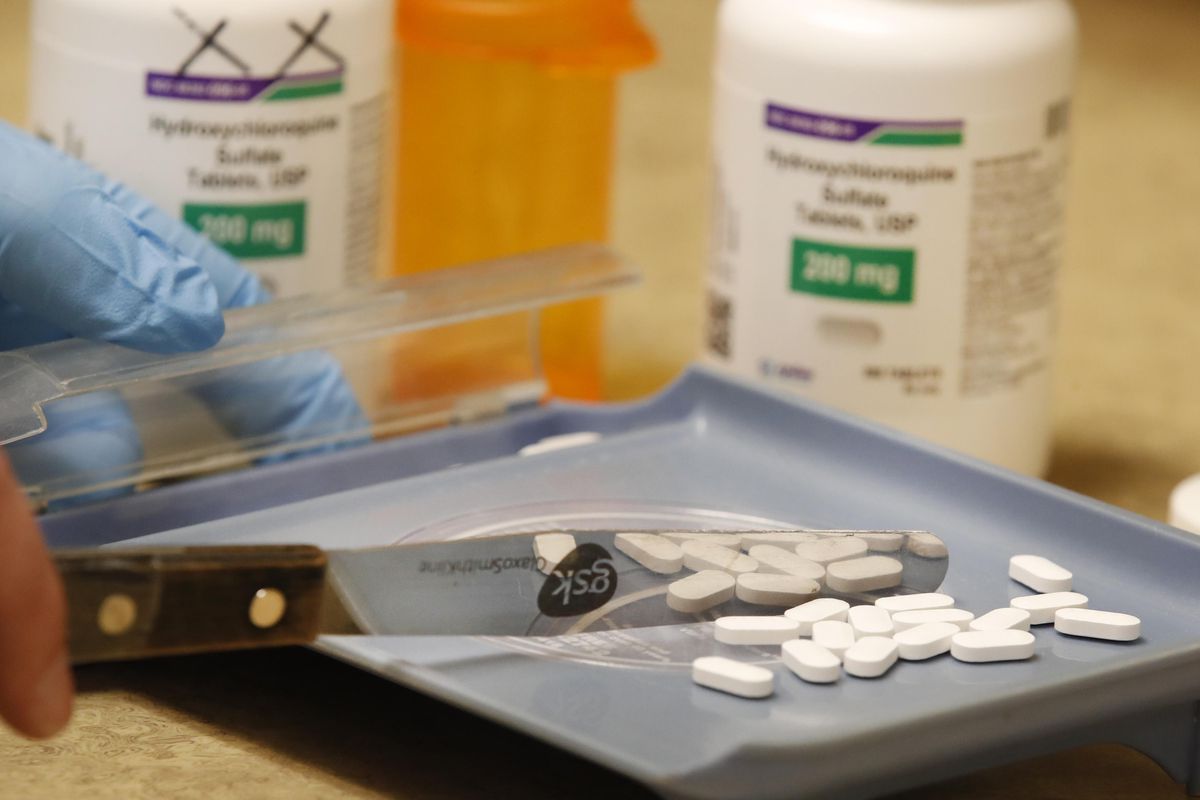
Biennials, regional hubs and virtual attendance can slash emissions, new calculations show.

The current pandemic has exposed a host of issues with the current scholarly communication system, also with regard to the discoverability of scientific knowledge. Many research groups have pivoted to Covid-19 research without prior experience or adequate preparation. They were immediately confronted with two discovery challenges: (1) having to identify relevant knowledge from unfamiliar (sub-)disciplines with their own terminology and publication culture, and (2) having to keep up with the rapid growth of data and publications and being able to filter out the relevant findings.
This article looks at the balance between speed and uncertainty in scholarly communication, and how technology can facilitate better information travel.
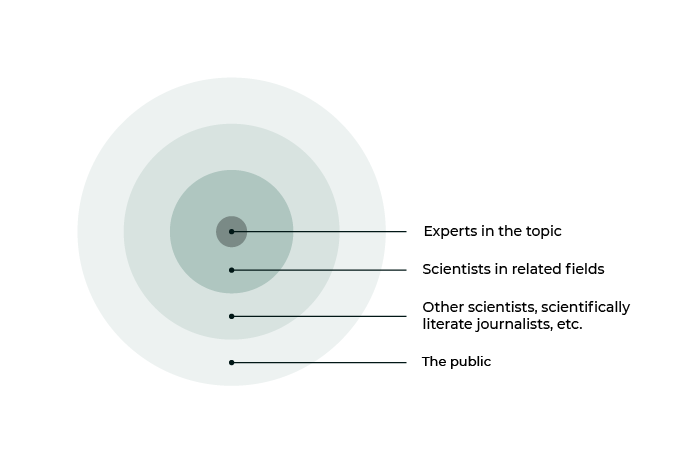
Public health messaging and science have to work hard to stay in sync during a crisis. During the Covid-19 pandemic, they haven't always succeeded.
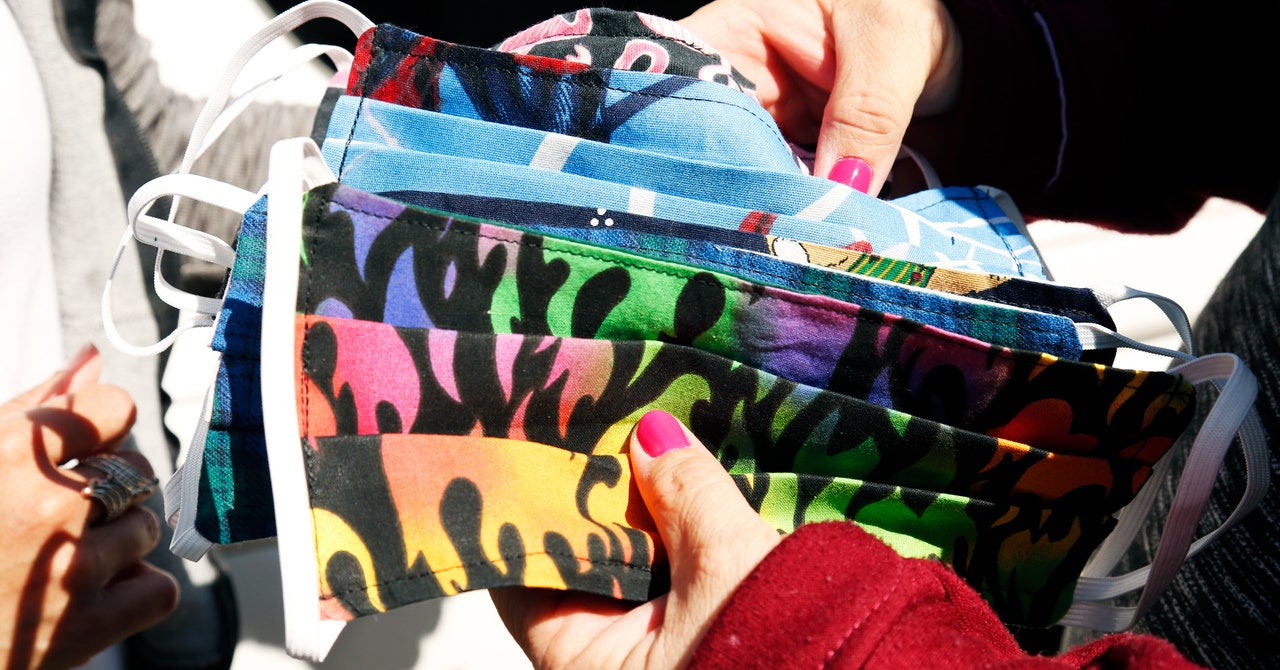
Pandemic politics highlight how predictions need to be transparent and humble to invite insight, not blame.
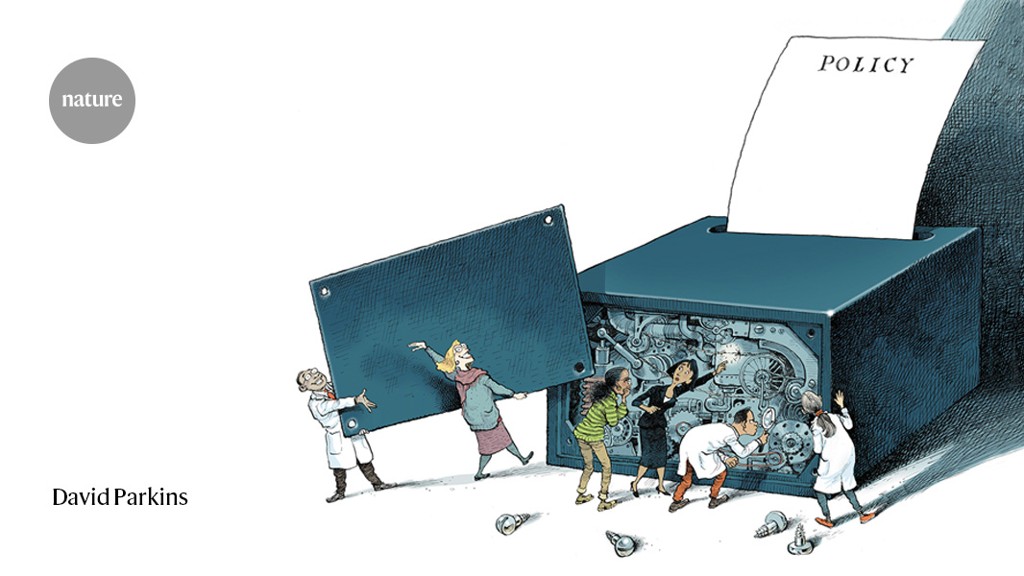
Interdisciplinary collaborations between scientific researchers and artists can often be one dimensional, with artists simply illustrating scientific findings.
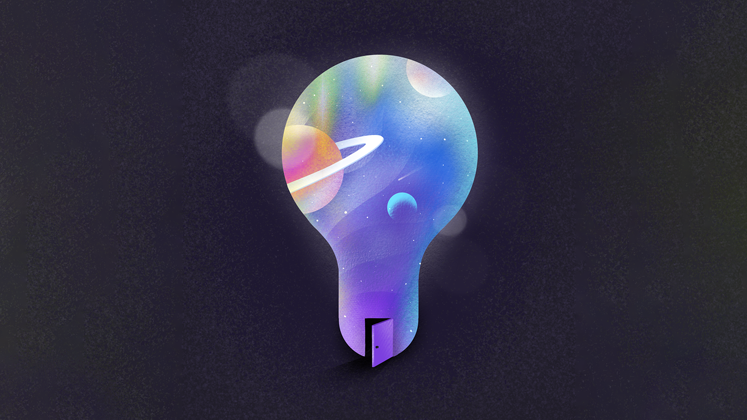
In the midst of the COVID-19 pandemic, science is crucial to inform public policy. At the same time, mistrust of scientists and misinformation about scientific facts are rampant. Six scientists, actively involved in outreach, reflect on how to build a better understanding and trust of science.
Scientists have a responsibility to communicate effectively and compassionately, says Samantha Yammine. Here's how.
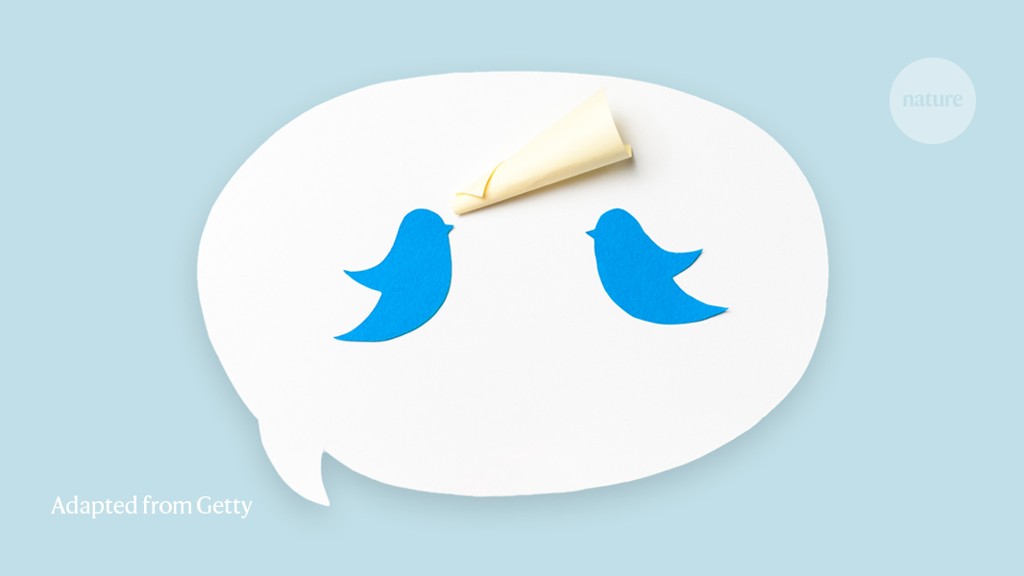
A biology professor who spent his career studying two seemingly disparate topics, emerging infectious diseases and networked misinformation, sees them merged into one the moment reports of a mysterious respiratory illness emerged from China in January.
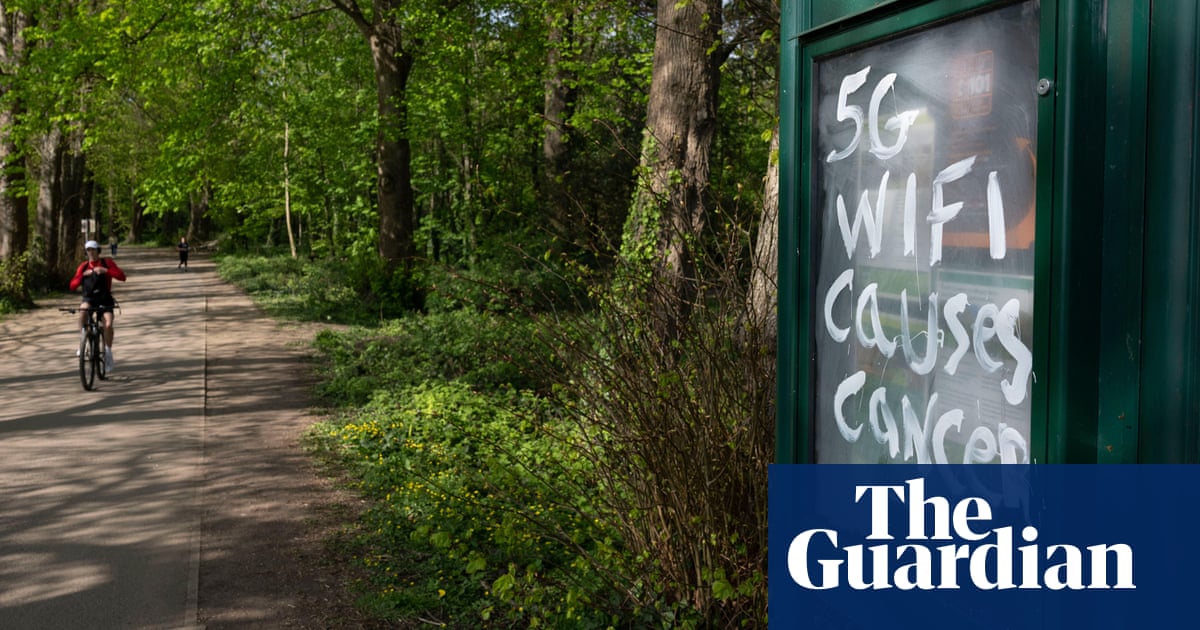
In recent months, claims with some scientific legitimacy have spread so far, so fast, that even if it later becomes clear they are false or unfounded, they cannot be laid to rest.
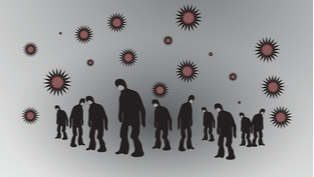
Calling on the community to make concerted efforts to develop strong, community-governed infrastructures that support diversity in scholarly communications (referred to as bibliodiversity).

The current COVID-19 crisis has prompted hand-wringing and self-reflection among some museum professionals. What, they are asking, is the point of a museum that remains closed to the public?
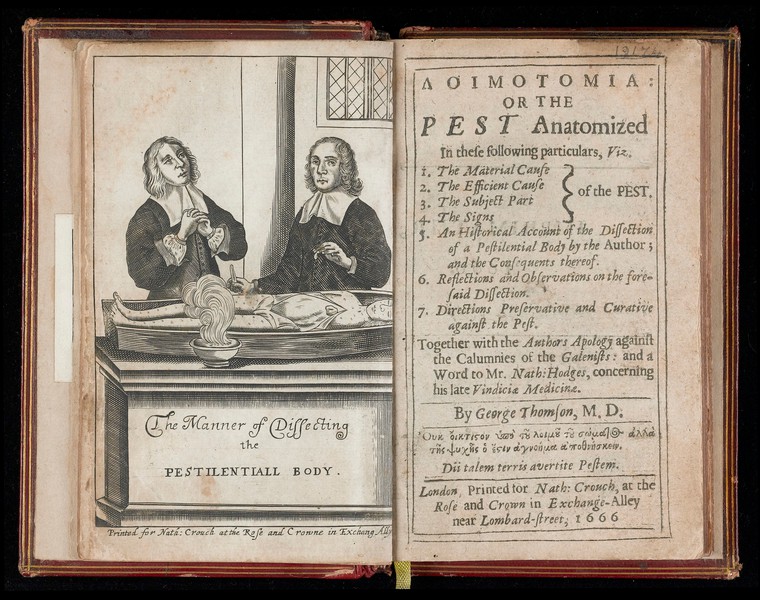
No model whose purpose is to study the overall benefits of mitigations should end at a time-point before a steady-state is reached.
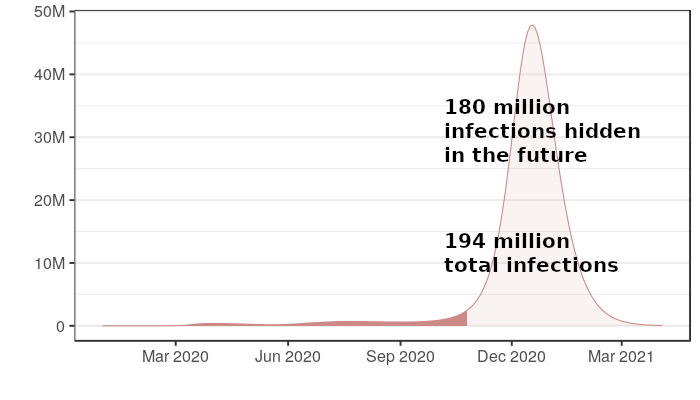
eLife hosts online seminars to support early-career researchers to present their research online instead of in person.
In recent years traditional journalism has experienced a collapse, and science journalism has been a major casualty. This study suggests that filling the science news void by scientists as science reporters leads to normal levels of audience engagement.
News organizations should take political reporters – and perhaps even more importantly, political editors – entirely out of the loop on this story. It’s too important to be covered as a two-sided battle over who’s winning the narrative.
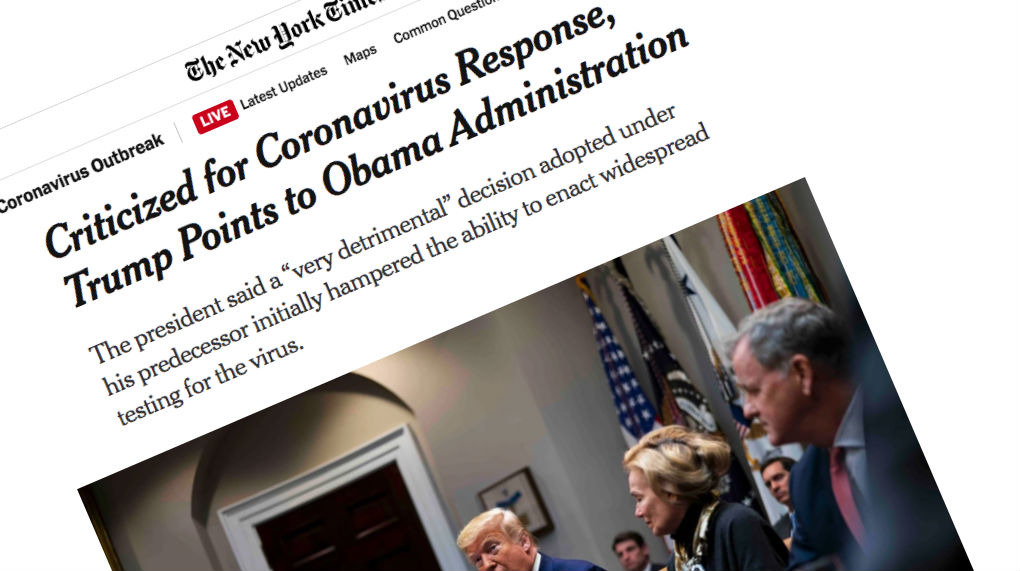
The virus doesn’t follow the news and doesn’t care about Twitter. This article proposes that reporting should distinguish between at least three levels of information reliability.
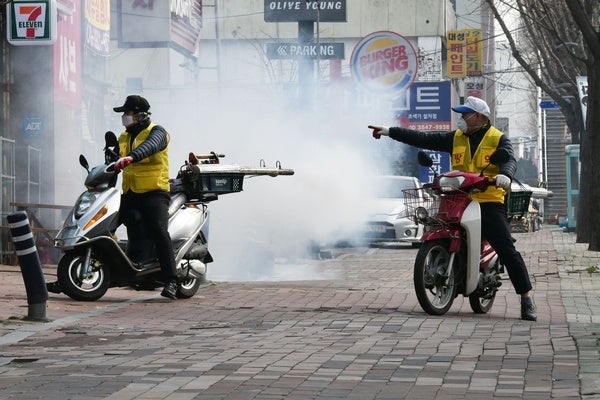
OPERAS runs a survey to find out more about social sciences and humanities (SSH) scholarly communication.

The conference will debate the role of the editor in supporting and promoting sustainable science, and ensuring diversity through stimulating plenary speakers, panel discussions and interactive sessions.